Uruguay is famous for its endless pastures and beaches, its yerba mate tea, tango, and candombe music, which, with its African roots, epitomises the country’s rich cultural and ethnic diversity. The Yoruba religion is a further African feature that has penetrated this Latin American country, through the annual celebration of Iemanja, goddess of the sea. The main Yoruba deity, Iemanja represents water, fertility and motherhood and she is the saint of children and fishermen. In this article we will look closer at how this African goddess and her festival made her mark in Latin America and how she is celebrated in Uruguay.

History of the Iemanja festival
The roots of the Iemanja festival lie in West Africa, specifically in the cultural area known as Yorubaland, a territory covering present-day southwestern Nigeria and parts of Togo and Benin. The Yoruba people are known for their unique cosmology and worshipping of powerful deities (Orishas). This pantheon of gods includes lemanja, goddess of the sea, the god of metallurgy Ogun, and Orunmila, god of knowledge. Similarly to ancient Egypt, as Yoruba cities grew so did the power and recognition of these gods, not only among ordinary people, but also among the rulers and the powerful social class of priests. These priests sought to secure the favour and protection of the gods through annual rituals.
The early modern period of the 16th to 19th centuries, during which the Europeans discovered new ocean-going routes and conquered a number of territories, introduced a dark period in history: that of the trans-Atlantic slave trade. The African slaves, if they survived, arrived in the New World on European ships to work on cotton, sugar or tobacco plantations. Strict racial segregation meant that the Africans maintained their culture and religion.
Historians have recently noticed that it was Yoruba people in particular who managed to expand their religion significantly, across territories including Cuba, Puerto Rico, the United States, Brazil, Argentina and Uruguay. As it spread, the religion gradually mixed with local belief systems.
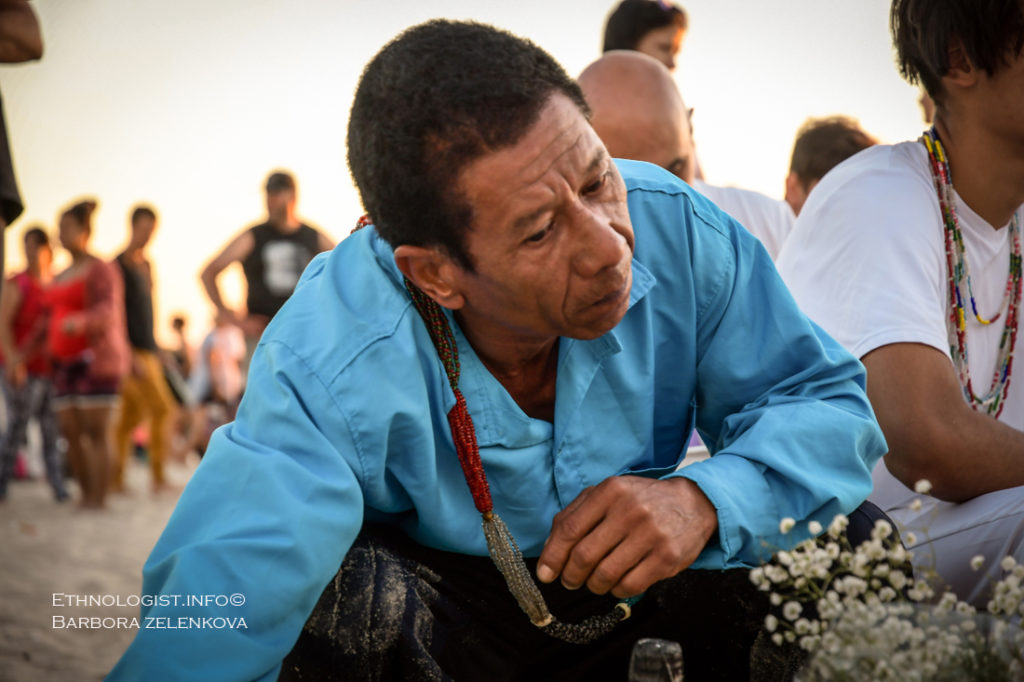
The power of the goddess Iemanja
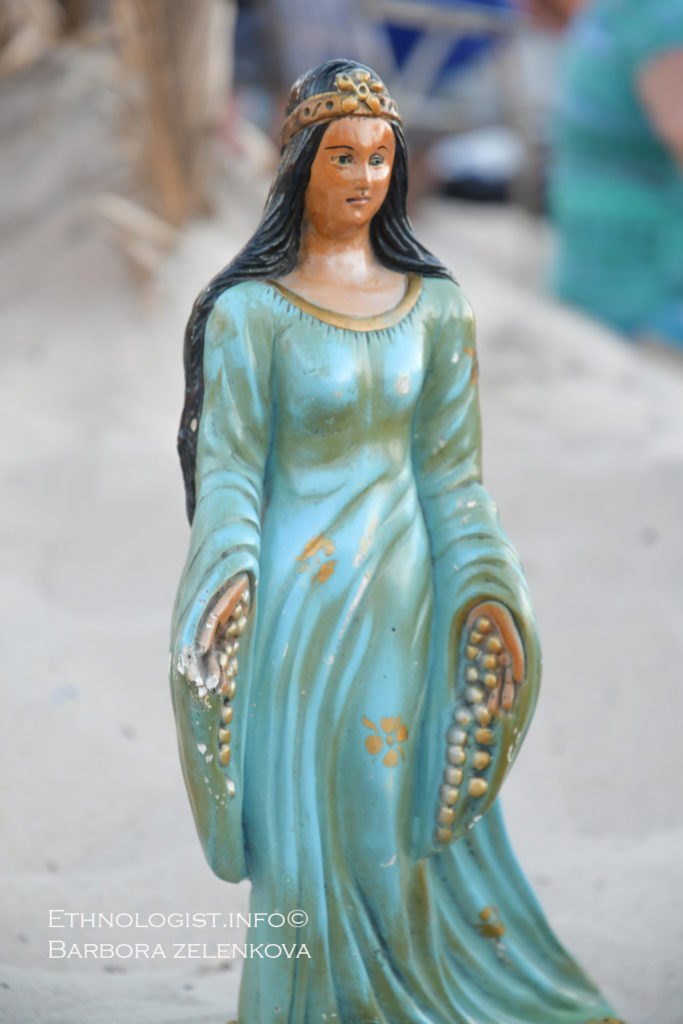
Iemanja has always been regarded as a powerful deity and she holds one of the highest places in the Yoruba religion. Iemanja symbolises a perpetual female fertile power and she is seen to provide fertility to women. For pregnant women and children she represents protection, and more interestingly for hunters she provides rich prey, and to farmers abundant crops.
American anthropologist Andrew Apter has vividly described the Yoruba kingship ceremony in Nigeria, dedicated to lemanja, as an eternal life-giving and renewing ritual of royal power and the entire social order. In the ritual, Iemanja provides the ruler with supernatural powers, so that he becomes a divine representative on Earth: thus the king represents sacred forces in the secular world, ensuring the proper functioning of society. The royal ceremony, as typical of folk celebrations in Nigeria, is accompanied by various offering of gifts and prayers to Iemanja.
Traditionally, the royal ritual of the Yoruba included a ram sacrifice to replace the sacrificing of the King himself in the sacred shrine as he should been resurrected and endowed with divine power. Today, celebrations of Iemanja in Uruguay are accompanied only by gifts such as brightly coloured flowers and crafted fruits or plates of food. The symbolic colour of the goddess is blue, the colour of the ocean.
Tradition has it that if the goddess Iemanja accepts your gifts and prayers, the following year you should again prepare the altar to her. Thus the endless cycle of prayers, wishes and divine fulfilment continues.
Celebrating Iemanja in Uruguay
In Uruguay the festival represents not only African traditions but also elements of local indigenous beliefs and Catholicism. This interesting combination, or syncretism, of different religious systems, has become a new faith, so-called ‘Umbanda’. Originally specific mainly to Brazil, later it spread to Argentina and Uruguay. Thus, the festival of the goddess Iemanja is part of the Umbanda religion, worshipping one of the principal Orishas.
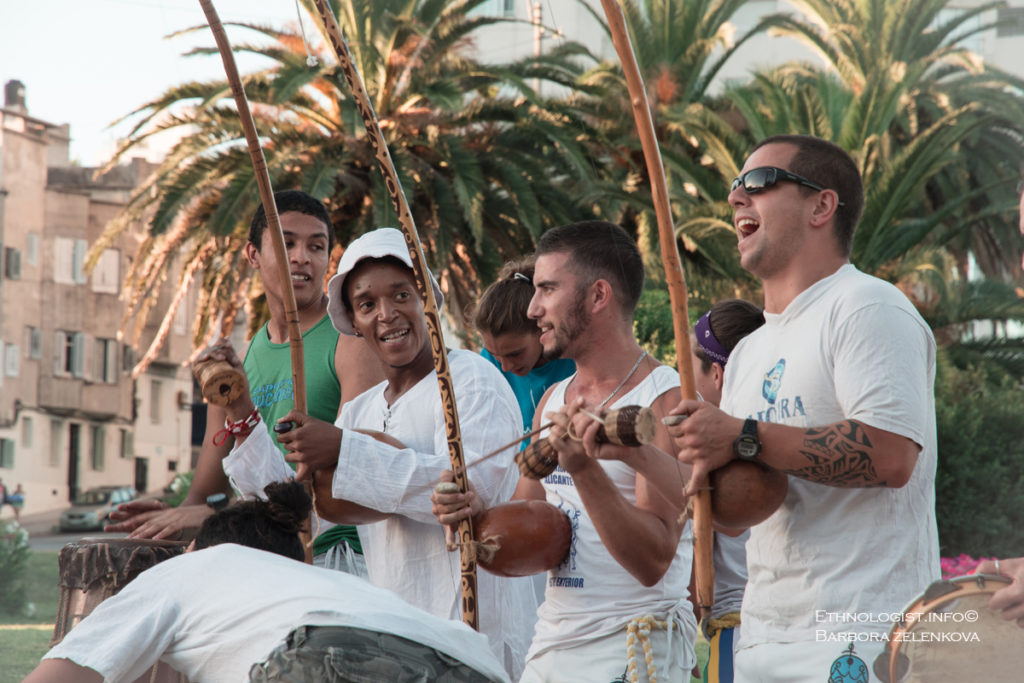
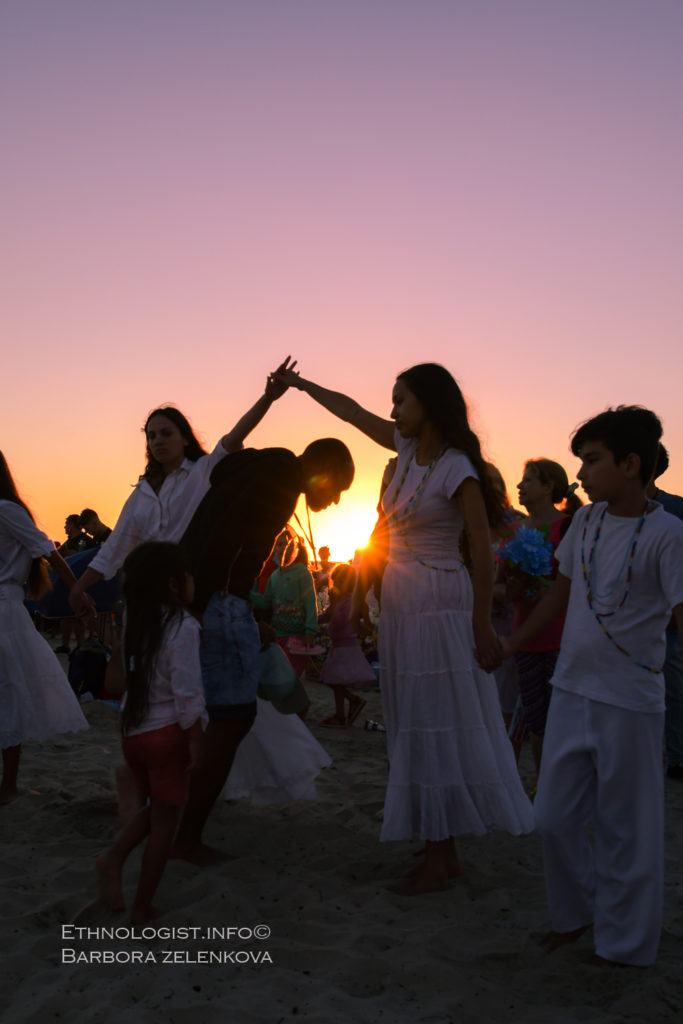
Iemanja is celebrated every year in Uruguay on 2 February, when people are enjoying long summer days and sunshine. For this reason the country attracts many tourists, especially from neighbouring countries, at this time. Iemanja is celebrated at Ramírez Beach near Parque Rodó. There, people gather during the afternoon to the sound of traditional Uruguayan music and its drumming. Street vendors sell gifts for the goddess, such as blue and white candles or flowers, as well as posters and T-shirts depicting her image.
In the early evening at Ramírez Beach, people carefully prepare their sand altars with gifts for the goddess. Her statue is placed at the centre of the altar, surrounded by lighted candles. The altar is decorated by hand-crafted fruits and plates full of food. Then, people wait for the sun to set over the estuary of the Río de la Plata as it flows into the Atlantic Ocean. After sunset, the festivities continue and the sounds of Uruguayan music and cheerful voices spread across the beach late into the night. As the gifts to the goddess find their way into the sea and float along the Montevideo coastline, an environmental organisation is dedicated to cleaning up the river and beach in the festival’s aftermath.
Iemanja in the world
As we have seen, the Yoruba people and their descendants have made their footprint in the New World through the religious syncretism associated with the goddess Iemanja. Other religions and traditions linked to the goddess include Umbanda and Candomblé (Brazil, Argentina, Uruguay), Santería (Cuba, Puerto Rico, Dominican Republic), and Trinidad Orisha (Trinidad and Tobago), and there are some followers in the United States too. It seems that the goddess has even penetrated deep into the Amazon rainforest: world-renowned Chilean author Isabel Allende writes that she encountered an Indian tribe worshipping Iemanja.
So in her own way this Yoruba goddess of the sea has become a symbol of fertility and motherhood for a great many people around the world – and this secures the enduring popularity of the Uruguayan festival held in her honour each year.
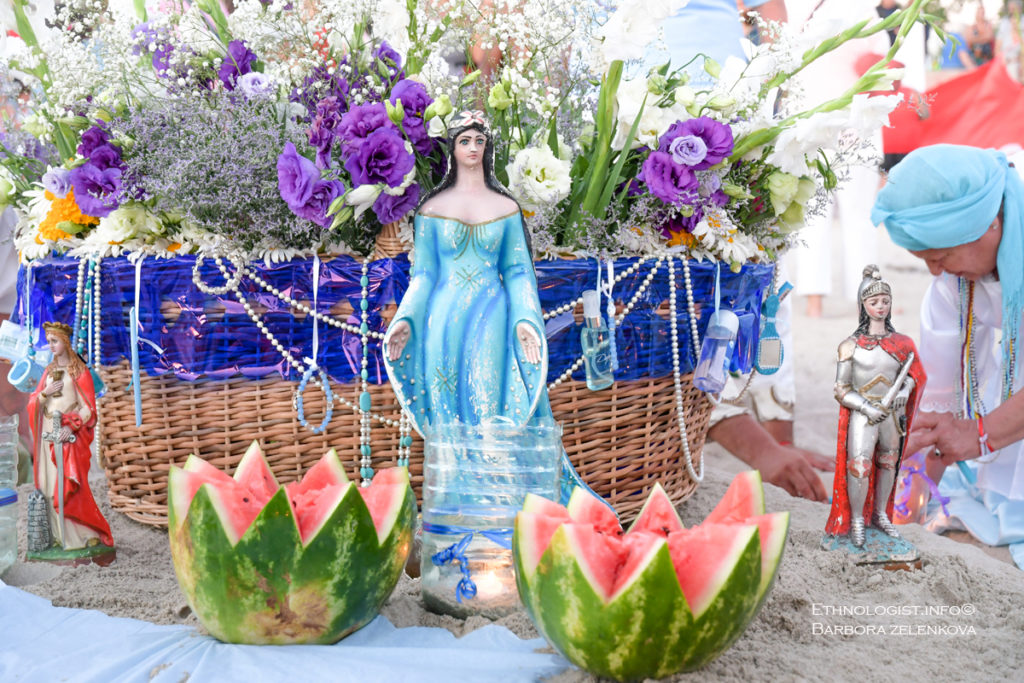
Interesting links
APTER, Andrew: The Embodiment of Paradox: Yoruba Kingship and Female Power. In: Cultural Anthropology. Vol. 6, No. 2 (May, 1991), pp. 212-229.